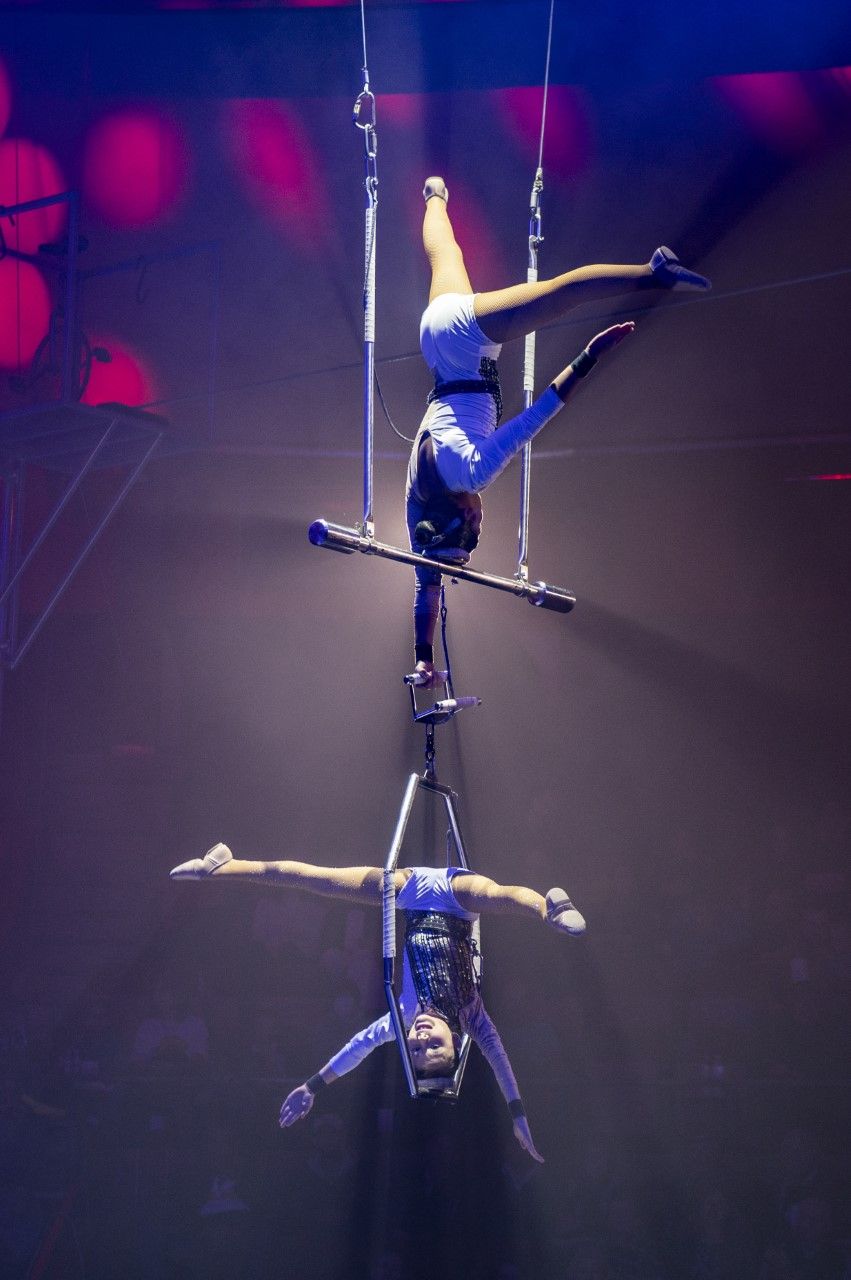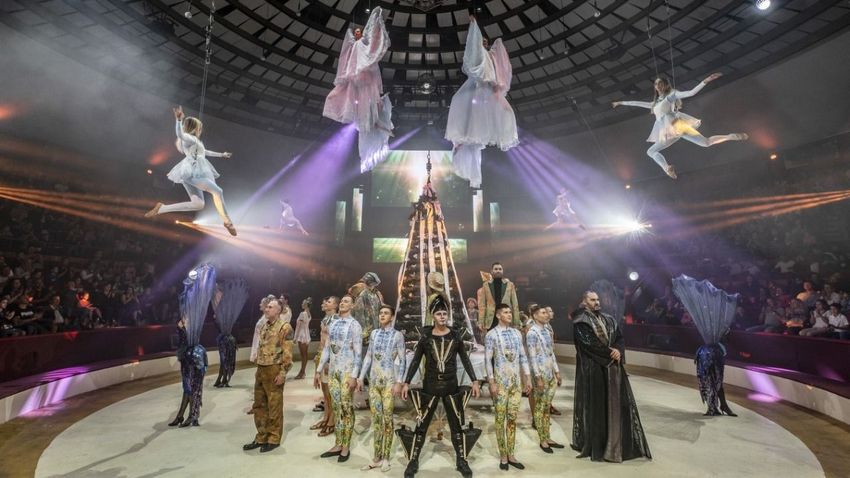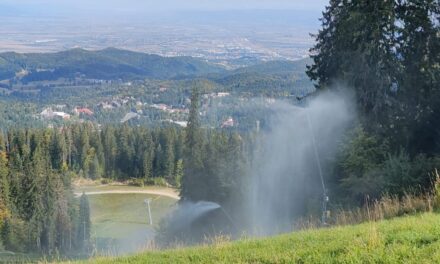Which of the 9? titled Mór Jókai's Christmas short story directed by Péter Fekete Jászai Mari award-winning director at the Capital City Circus. In the production, hot air balloons, angels and tightrope walkers soar, fairy-tale carriages, acrobats, jugglers and animal tamers glide across the stage, and a family man and his nine children are waiting for love to flare up in human hearts.
The protagonist of the play is Master János, a father raising his children alone, who wants to give everything to his children, but they are so poor that he can only teach them a song to greet Jesus at Christmas. The lonely householder who lives above them, on the other hand, is so disturbed by the joint singing that he goes down to order silence. Seeing their poverty, he offers to adopt one of the boys and make him rich. The master cannot choose, and the children do not want to be separated from the family. The circus performance allows them to each introduce themselves in turn with a production.

Source: Ádám Urbán/Fővárosi Nagykirkusz
Jókai's story also fascinated István Szőts. He made a short film based on the novella in 1956-57, starring József Bihari and Andor Ajtay. The premiere of the work was at the 1957 Venice International Film Festival, where it captivated the jury. They decided to give him recognition. The short story captivated Péter Fekete in the same way, and then presented us with it.
As Christmas approaches, the message of the fairy tale game is more relevant than at any other time of the year. This is practically expressed in the production, as the performers overcome obstacles holding hands, strengthening each other and trusting each other, and accomplish seemingly impossible tasks.
The play, which holds a crooked mirror to society, thus helps us to tune in to the idealism of Christmas, to turn back to the values that make us happy people. It helps to stop for a minute and wonder if we're paying attention to each other, or if we're stretching like smiling but emotionless mannequins on social media.
The production, in which the audience is also involved - as its participation can help in making life-long decisions - is already playing to full houses. But not only the auditorium is filled, including the orchestra members, who do not sit in a trench, as in the opera, so that we cannot see them, but in the stands, in the circles of the audience. This is where the perfectly tailored tracks are performed, allowing us to keep an eye on who is taking part of the joint work and how.
We hope that this beautiful fairy tale will enchant children and adults for Christmas. We are stronger when we hug each other!
Source and full article: Magyar Nemzet
Featured image: Ádám Urbán/Fővárosi Nagycircusz












